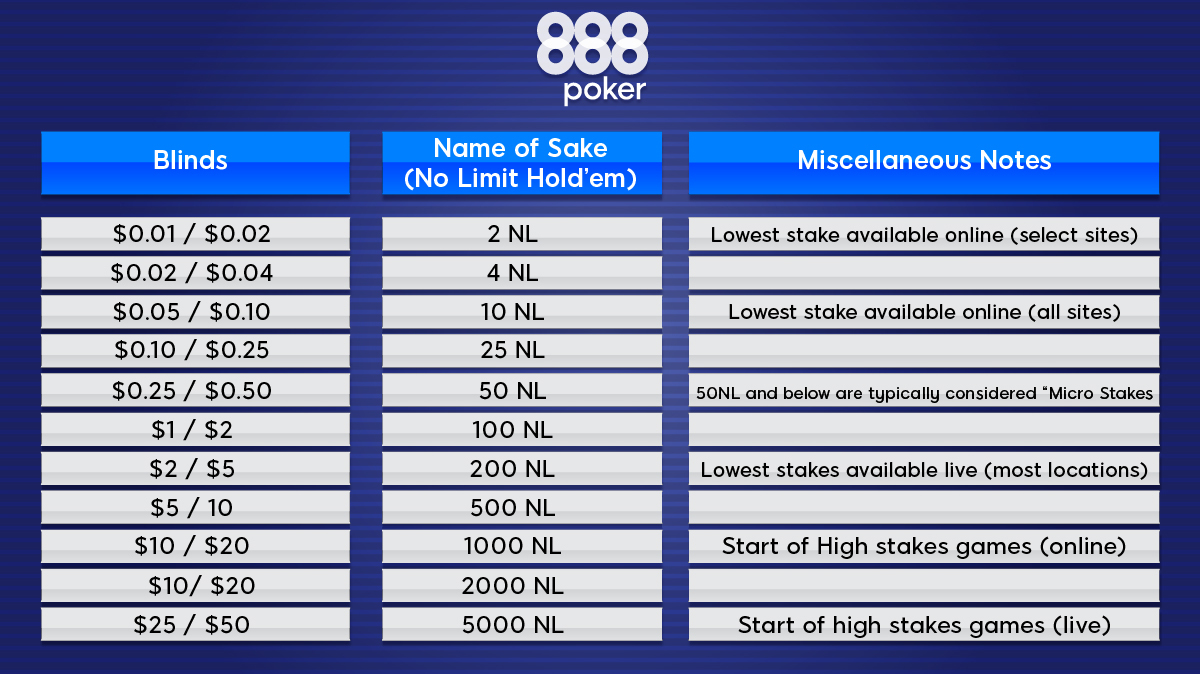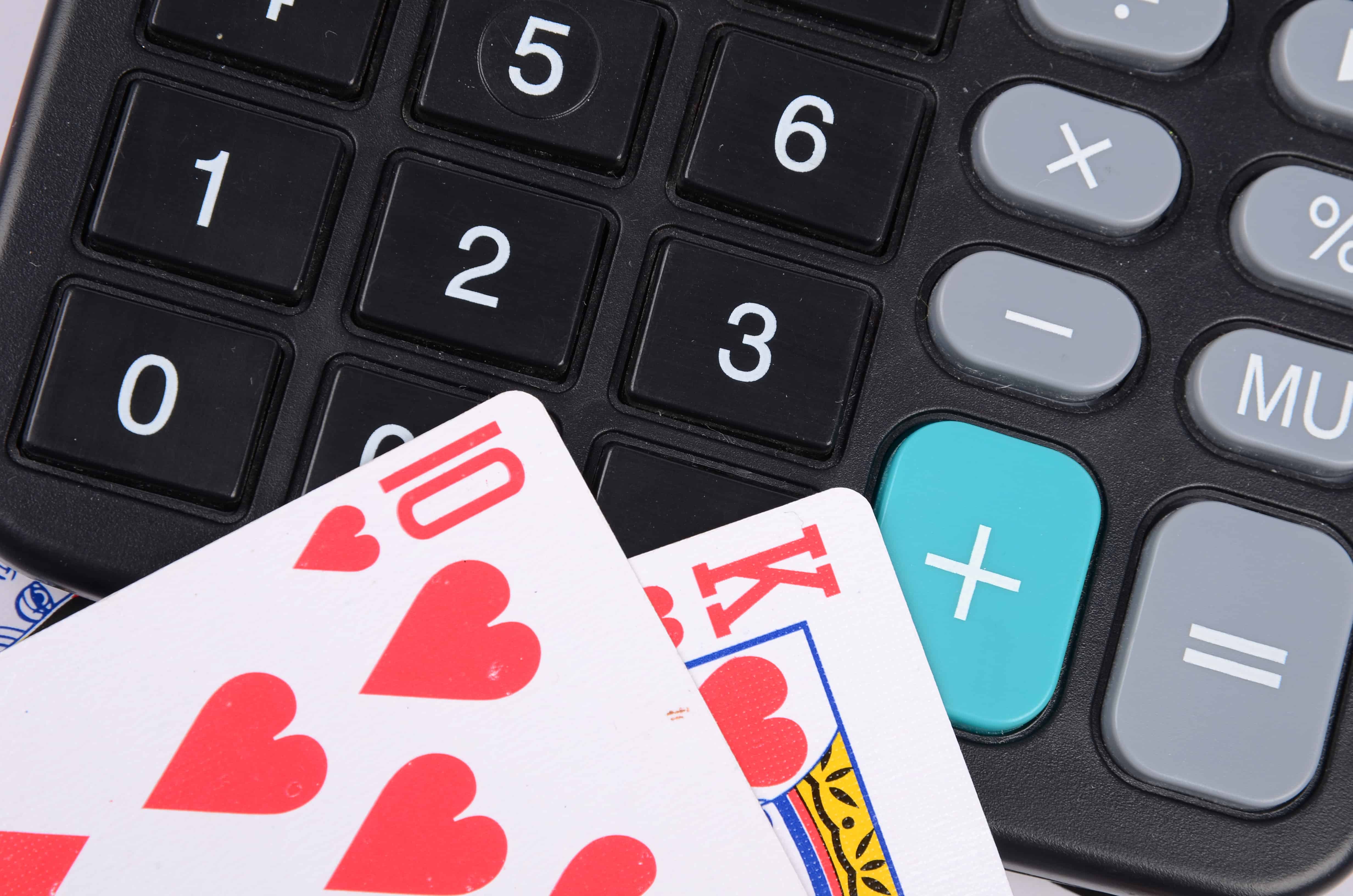Spr Poker Explained

In Professional No-Limit Hold’em, authors Matt Flynn, Sunny Mehta, and Ed Miller introduced the stack-to-pot ratio (SPR), which is simply the ratio of the effective stacks to the current size of. Poker is any of a number of card games in which players wager over which hand is best according to that specific game's rules in ways similar to these rankings.Often using a standard deck, poker games vary in deck configuration, the number of cards in play, the number dealt face up or face down, and the number shared by all players, but all have rules that involve one or more rounds of betting. Now 3 options with a wedge, I have explained them often in this channel, so won’t do it this time. Usually parabolic shapes break downwards, either a dump or sideways and up a period later. Third option, to prevent a drop, would mean a big pump, for that I would say, think should pump above 58k, to leave the bearish shapes behind it. III) High, medium and low SPRs. A) Good hands for low SPRs. Bottom two pair. These are the sorts of hands that we do not want to play big pots with, as. B) Good hands for.
There's also a handy classroom section on SPR starting at 6:26 in SplitSuit's 'Playing AA' video.
The stack-to-pot ratio (or SPR for short) principle was coined by Ed Miller in the book Professional No-Limit Hold'em: Volume I.
In this article I aim to explain the basics of SPR in poker and show you how it can be used to make your post-flop decisions a lot easier in cash games.
This article is merely a brief introduction and overview of SPR. I highly recommend you buy the book to feel the full force of 70 pages worth of SPR euphoria.
- SPR equation.
- Benefits of SPR example.
- High SPR situation.
- Low SPR situation.
- SPR example evaluation.
- Good hands for low SPRs.
- Good hands for medium SPRs.
- Good hands for high SPRs.
- Tailoring your preflop raises.
- Example of raising to 3bb.
- Example of raising to 6bb.
- Not entering pots.
I) What is SPR?
SPR is the effective stack sizes divided by the size of the pot on the flop.
Let's say you raise to $6 in MP before the flop in a $1/$2 NL cash game. One opponent calls on the button and both of the blinds fold. If both you and your opponent have $100 in your stack, the stack to pot ratio would be:
- $94 : $15
- SPR = 100 / 15 = 6.3
To put it another way, in this example the remaining effective stack sizes are 6.3 times the size of the pot. Easy stuff really.
SPR can also be considered the ratio of risk : reward. In every no limit hand, the pot is the reward and the size of the effective stacks is the potential risk. Therefore the greater the SPR, the greater the risk : reward ratio.
A) SPR equation.
The SPR equation. It's straightforward, but it could still do with some explaining.
- Important points about working out SPR.
- You must use effective stack sizes. If you have $150 and your opponent only has $100, then the effective stack sizes are $100, as you cannot win or lose more than $100 against this player.
- SPR is worked out on the flop only. Stack to pot ratios are not going to be used for the turn or river.

II) What is the use of SPR?
By taking control of SPR you can make post flop play a lot easier for yourself.
Low SPR situations are simple to play, as they greatly reduce the amount of post flop actions and decision that you are required to make because there is so little room for manoeuvre due to the large pot size and small effective stacks. You're not going to be floating the flop and check raising all-in on the turn if the flop is $10 and you have $20 left in your stack.
High SPR situations can be a lot trickier to play (depending on what sort of hand you have on the flop) because there is a lot of money left in the stacks to be played with on the flop, turn and river.

Different strengths of hands can be more suited to either high or low SPRs. Therefore, if you know what sort of SPRs your hand plays well in, you can manipulate the pot sizes by the way you bet or raise preflop, or avoid certain situations altogether (by folding) to land yourself in a good SPR situation for your particular hand.
A) Benefits of SPR example.
The best example of SPR is when you have a top pair hand like A K on a flop of K T 9. We have top pair, but the board is highly coordinated and in all honesty we'd really prefer to bet and just take this pot down on the flop.

i) High SPR situation.
If the pot size is $10 and the effective stacks are $200, the SPR is 20. If we bet this flop and get raised we are put in a very tricky situation, as we could well have the best hand here but we're not really prepared to commit too much money with just top pair.
If we do end up getting it all in on this flop or on the turn or river the chances are that we do not hold the best hand. This makes playing top pair hands like this tricky if the SPR is mid-sized or high.
ii) Low SPR situation.
If the pot size is $10 and the effective stacks are $30, the SPR is 3. If we bet this flop and get raised we are in a much more comfortable position to call or raise all-in, as we do not fear further bets on the turn or river.
Sure, our opponent could still hold a better hand but the risk here is much lower. We are committed to the hand and so putting all our chips in the middle is a much easier decision.
iii) SPR example evaluation.

In the two different scenarios above the strength of our hand did not change, yet the outcomes were very different due to the stack to pot ratio. With the low SPR of 3 the risk is much lower relative to the reward, which makes it very easy for us to call all-in with our top pair hand.
III) High, medium and low SPRs.
- Low SPR = 0 - 6
- Medium SPR = 7 - 16
- High SPR = 17+
These SPR figures are very rough guidelines and their implications will vary greatly depending on how loose or tight your opponents are. They also mean nothing unless we have an idea of which hands play best depending on the stack to pot ratio.
A) Good hands for low SPRs.
- Overpairs.
- Top pair.
- Bottom two pair.
These are the sorts of hands that we do not want to play big pots with, as the bigger the pots get the greater the chances are that we are behind. Low SPRs reduce the number of decisions we need to make with these hands, which makes them a lot easier to play and thus more profitable situations over the long run.
With mediocre hands like these, you want to to avoid becoming pot committed after starting with a full stack.
B) Good hands for medium SPRs.
- Top two pair.
- Sets.
- Good drawing hands.
- Flushes and straights.
These are much stronger hands than the ones above and will remain as the best hand when you're all-in often enough to keep them profitable when the SPR is between around 7 to 16.
The higher likely SPR also makes it profitable to play more speculative hands like small pocket pairs and suited connectors that infrequently hit big flops, as there is a lot more money to potentially be won from the hand on later betting rounds.
C) Good hands for high SPRs.
- Sets.
- Strong drawing hands.
- Big flushes and high-end straights.
These are the hands that are almost guaranteed to win you the pot. If the SPR is high, you want be be sure that you have near enough the nuts or a draw to pretty much the nuts if there is a lot of action. The last thing you want to do in high SPR situations is get a lot of money in to the pot without a very good chance of winning.
IV) How to get good SPRs.
Depending on the type of hand you hold before the flop, you should have a rough idea of the ideal SPR for making your post flop play as easy and as profitable as possible. There are two things that you can do to get yourself in ideal situations in terms of SPR:
- Tailor your preflop raises to set yourself up for the ideal SPR.
- Do not enter the pot in the first place.
A) Tailor your preflop raises.
You're not always going to have the luxury of tailoring your preflop raises to get that perfect SPR, but when you do have the opportunity you should take advantage of it.
i) Example of raising to 3bb.
You hold A K and you and an opponent have $100 effective stacks in a $1/$2 6max NLHE game. If you raise to 3bb from MP and your opponent in the CO calls, you will have an SPR of 6.3 ($94 : ) on the flop.
This SPR may well be a little too high for you to justify putting all of your chips in the middle if you hit top pair on the flop, especially so if your opponent is tight as there is a greater likelihood that they are only going to be willing to get all their chips in the middle they will have a better hand than TPTK.
ii) Example of raising to 6bb.
Using the same example as above where the effective stacks are still $100, let's say we raise to 6bb ($12) instead of 3bb preflop. If our opponent again calls we will have an SPR of 3.3 ($88 : ) on the flop.
With this lower SPR we will feel a lot more comfortable putting all of our chips in the middle if needs be. In addition the chances are that all of the money will be in by the turn, which saves us from a potentially difficult river decision.
B) Not entering the pot.
If you have a small pocket pair like 44 and the effective stack sizes are fairly low, it is not going to be profitable to raise or call raises as the SPR is going to be low also.
With low SPRs you are going to have very little in the way of implied odds (or fold equity if you turn your hand in to a bluff later on down the line), which means that you are far better off folding hands like small pocket pairs and suited connectors if you anticipate the SPR will be low.
V) Evaluation of stack to pot ratios in poker.
One of the key points that you should take from this article is that planning your hands from the start is vitally important for setting yourself up for profitable and easier-to-play situations later on in the hand. Another key point is just how much of an effect pot sizes on the flop can influence the way you play your cards.
You're not always going to be able to grab SPR by the horns and create flop pot sizes exactly how you want them, but nonetheless opportunities to tailor SPR will occur, so don't pass them up when they come around. Trust me when I say that post flop play gets so much easier when you plan your hands and use your knowledge of SPR effectively.
Again, this really is the tip of the iceberg when it comes to SPR. I'd highly recommend you pick up a copy of Professional No-Limit Hold'em: Volume I for more information on this topic. This is the book that also contains the invaluable REM process framework.
Alternatively, this 'concept of the week' article on SPR at 2+2 is also pretty awesome.
Go back to the awesome Texas Hold'em Strategy.
Comments
Stack To Pot Ratio
We'll look at a couple of examples and then define the concepts properly.
Omaha example of SPR considerations
Let's say you flop the nut straight in pot limit Omaha. It's a bare nut straight, that is, you have no draws to stronger hands like a flush or full house.
You have $500 left in your stack and there is $20 in the pot. Now one player bets the pot ($20), another raises pot by betting $80 and two players call. What do you do?
Most PLO players feel that the bare nut straight doesn't play well in a huge pot. It's the best hand right now but many cards would give you big troubles on later streets. If the board flushes or pairs you're looking at losing a huge pot. The straight may not even be a favorite to win the hand.
If, on the contrary, you had only $80 left in the stack, then it would be an easy call since you have the best hand and you can't lose any further bets if an opponent improves to a flush etc.
Holdem example of SPR considerations
Or say that you flop bottom two pair in holdem. If there's $20 in the pot and one opponent bets pot, your decision would probably depend on the size of your stack.
With $60 in the stack you might raise all in hoping that you have the best hand.With so short stacks, the opponent would bet with many hands that you beat, and if you lose it's not that expensive.
With $600 in the stack, you'd probably want to just call and see what develops on the turn. You'd want to keep the pot smaller and not committ too much with a marginal hand.
There are plenty of situations where your decisions at the poker table depend on the size of your stack compared to the size of the pot - the stack to pot ratio, or SPR.
Effective stack is what counts
As a matter of fact, it's not really your stack that counts, but the effective stack. That is, how much money you can lose in the hand.
if you're heads up, the effective stack is whatever stack is shorter. If you have $100 and your single opponent $50, the effective stack size is $50. That's how much you can lose in the pot.
If more than two players remain in the hand, there are several possibilities. As long as one remaining opponent has more chips than you, your own stack is the effective stack (for you).
If you have the biggest stack, the effective stack is the biggest one of your opponents' stacks. That's how much you can lose in the hand.
Definition of SPR
What Is Spr Poker
Now that we know what 'effective stack' means, the stack-to-pot ratio is defined as follows:
SPR = Effective stack / Pot
Spr Poker Explained Rules
If all players have $500 stacks and there's $20 in the pot, your SPR is 25. This is a very high SPR. You could be looking at a huge pot and you need to plan your game accordingly.
With $20 in the pot and an effective stack of $80, the SPR is 4. This is a short-stack scenario and calls for very different strategies. Paople will bet and call with more marginal hands. (Basically since the fold equity increases compared to the implied or effective odds.)
We won't go into any specific strategies here. A lot have been written about those in various poker books, for example 'Advanced Pot-Limit Omaha' by Jeff Hwang or 'No Limit Hold 'em: Theory and Practice' by Sklansky and Miller.
Read them!
How To Get Spr
/Charlie River